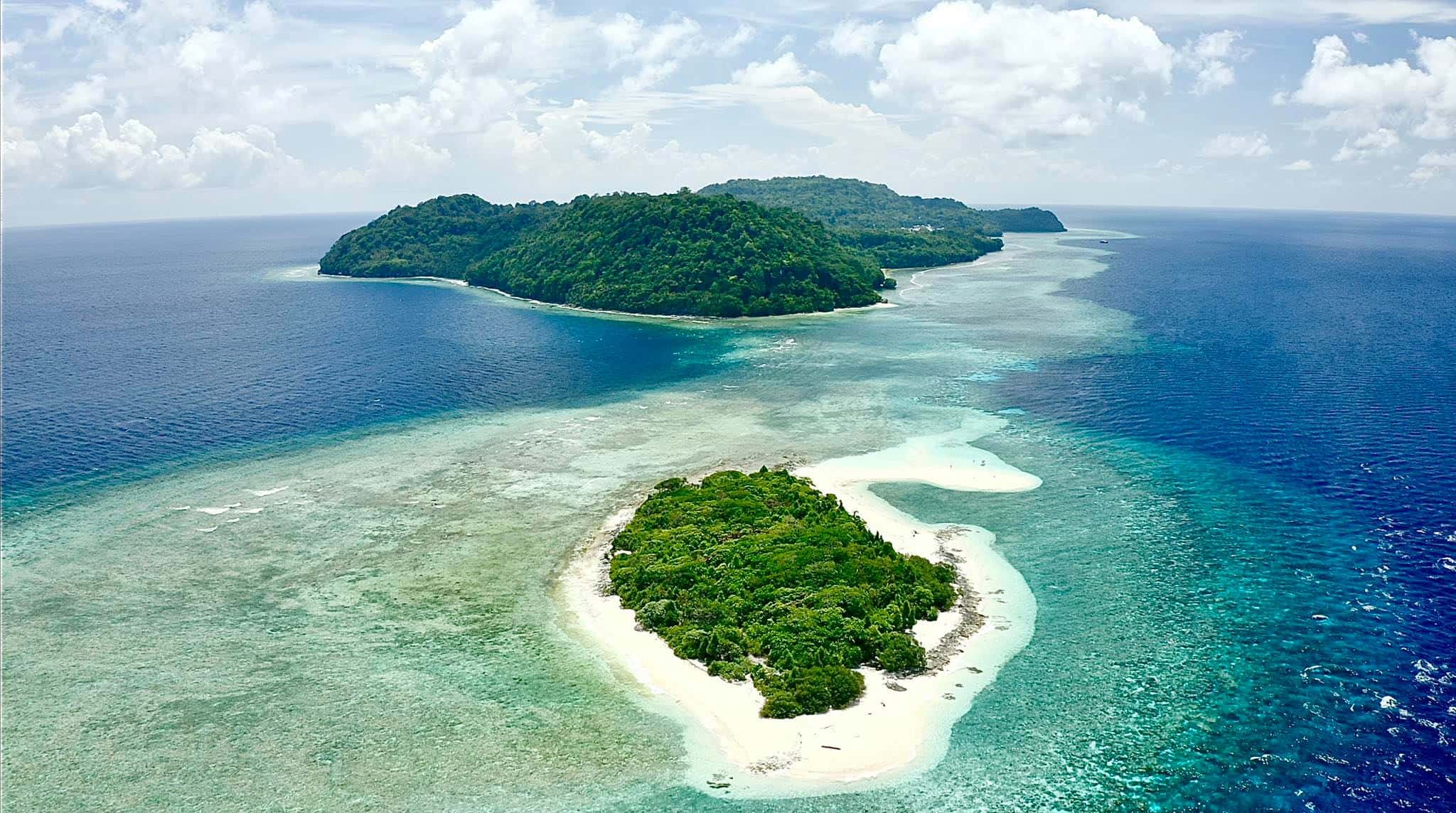By Rili Djohani, Executive Director Coral Triangle Center (CTC).
When we sailed away from Maumere towards Wetar and beyond, I was looking forward to learn more about how the island communities engage in the protection of their beautiful coastal resources. Anthropologists call these islands: “Forgotten Islands“, because they historically had little contact with the rest of Indonesia. Until now this 600-mile long archipelago between the Banda and Arafura Sea remains quite difficult to access due to their remote location and rough seas for most of the year. The best time to visit is during the months of October and November, April and May. During our epic trip of three weeks, I visited six communities whose livelihoods depend on fishing activities and the harvest of nutmeg, cloves and walnuts (kenari) such as Nabar village at Wetar and Jerili village at Serua. Prior to the pandemic, some communities also have a growing income from tourism such as Welora village on Daiwera Island, Ay and Rhun in the Banda Islands and Ameth at Nusa Laut in the Lease Islands.
The islands in the Moluccas were known as the Spice Islands because of the nutmeg, mace and cloves that were exclusively found there, the presence of which sparked interest from Europe in the sixteenth century. Around the same time, local traditional resource management systems were developed called Sasi which was applied to protect plants or animals on the land, at sea and in the rivers. It was also established to ensure an equal distribution of benefits among the community from the surrounding natural resources. To date, Sasi is still applied in the Banda and Lease Islands to manage for example the harvest of trochus, lobster and sea cucumber by temporary closure of certain parts of the coral reefs.
It was very inspiring to meet the members of the community patrols or kelompok masyarakat pengawas (Pokmaswas) at Pulau Ay and Rhun and Nusa Laut during this trip. The main duties of both Pokmaswas teams in the Ay-Rhun Marine Protected Areas (MPAs) are to regularly patrol the waters around their home islands, ensuring MPA regulations are understood by the local coastal communities, and to monitor the marine and coastal ecosystems. The teams apply the principles of 3M (Melihat/mendengar, Mencatat, dan Melaporkan) or seeing/hearing, recording, and reporting.
Coral Triangle Center (CTC) has facilitated the establishment of community-based MPAs at Ay and Rhun Island and the inauguration of the community patrols with the Provincial Government of Maluku.
When talking to the members of the Pokmaswas “Lawere” at pulau Ay chaired by Suriyadi Karto, they mentioned how they keep a logbook of all activities and findings in the field and inform the relevant government agencies accordingly to follow up. The members organize regular beach and underwater clean ups, and continue to raise the awareness among the community about the importance of marine conservation. The Head of Village at Pulau Rhun, Salihi Surahi, is a strong supporter of the Pokmaswas group “Naelaka”. He emphasized that provincial government support remains important for the community patrols. The Pokmaswas bring stakeholders together and help maintain the local tradition of marine resource management practice of Sasi. CTC will continue to work with the communities in the Banda Islands to strengthen the MPA network with support from the provincial government spearheaded by Purwanto, CTC senior MPA specialist who also joined this trip. It was great to meet the community patrol members in person especially during these challenging times.
Upon our departure from Pulau Ay, Laode Junaidin, CTC’s community outreach officer who lives on Pulau Ay and is well-known and respected among the communities, gave us delicious local delicacies as oleh-oleh (gifts) including 2 kilo kenari/walnuts and 12 pala (nutmeg) jams to bring back on board for breakfast. Lida Pet-Soede, one of our fisheries and marine conservation experts on board, also made delicious ‘palacolada’ as well with the pala jam for all of us to toast on the good things in life. The trip was a wonderful reunion with long-time and new friends and colleagues Jos, Lida, Peter, Purwanto, Nanda and with top photographers Tommy, Foued and Alex who made mesmerizing photos and video’s during this epic trip.
Being in one of the most remote areas in the middle of the Banda Sea, days away from the larger islands such as Flores, Tanimbar or Seram, it became so clear to me again how pivotal the role of the communities is in the protection of those beautiful coral reefs we were diving on and enjoying every day. However, the support from the government remains instrumental for effective conservation as the village heads and community members emphasized in our meetings during this trip.
It is very inspiring to see this community spirit and commitment at Welora Village at Pulau Daiwera as well where we signed a conservation agreement together with our colleagues Peter Mous and Nandana Godjali from Yayasan Konservasi Alam Nusantara (YKAN) which was initiated by the Seven Seas. In addition, at Jerili village at Serua Island, a conservation easement was facilitated by Peter, who leads the fisheries program of YKAN, and which was supported by CTC.
These are all encouraging examples how the collaboration between communities, government, environmental NGOs and private sector can lead to effective conservation of the most diverse coral reef areas and fish stocks in the region. Thank you Mark for organizing and supporting us on this epic trip with the Seven Seas. It was a great opportunity to get back in the water and an inspiration to meet the people who are at the forefront of protecting these beautiful remote coastal and marine areas in the Banda Sea.
Rili Djohani
January 2021
NOTE :
To reserve your spots or see available trips, please check out our schedule page :
Schedule & Availability
Please also don’t hesitate to reach out to us at [email protected] should you require any further information or need recommendations for accommodation or flights etc. Our reservation team would be more than happy to assist. Cheers!

